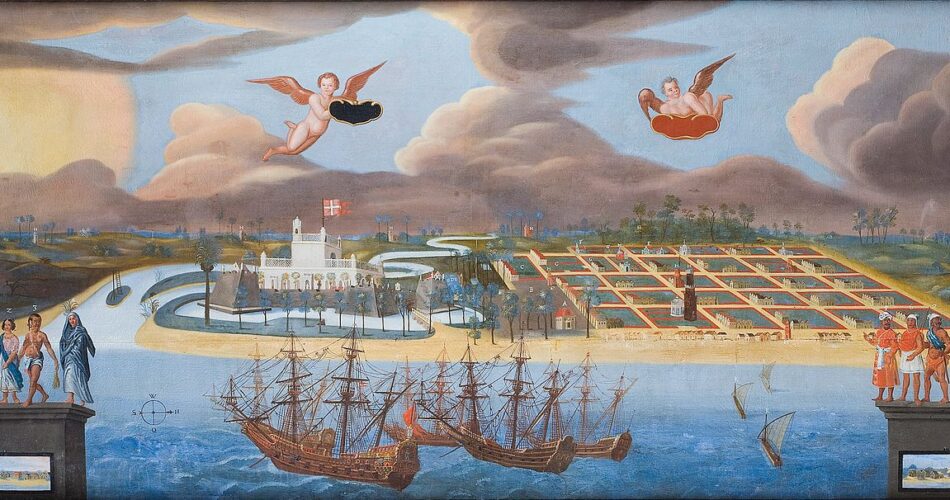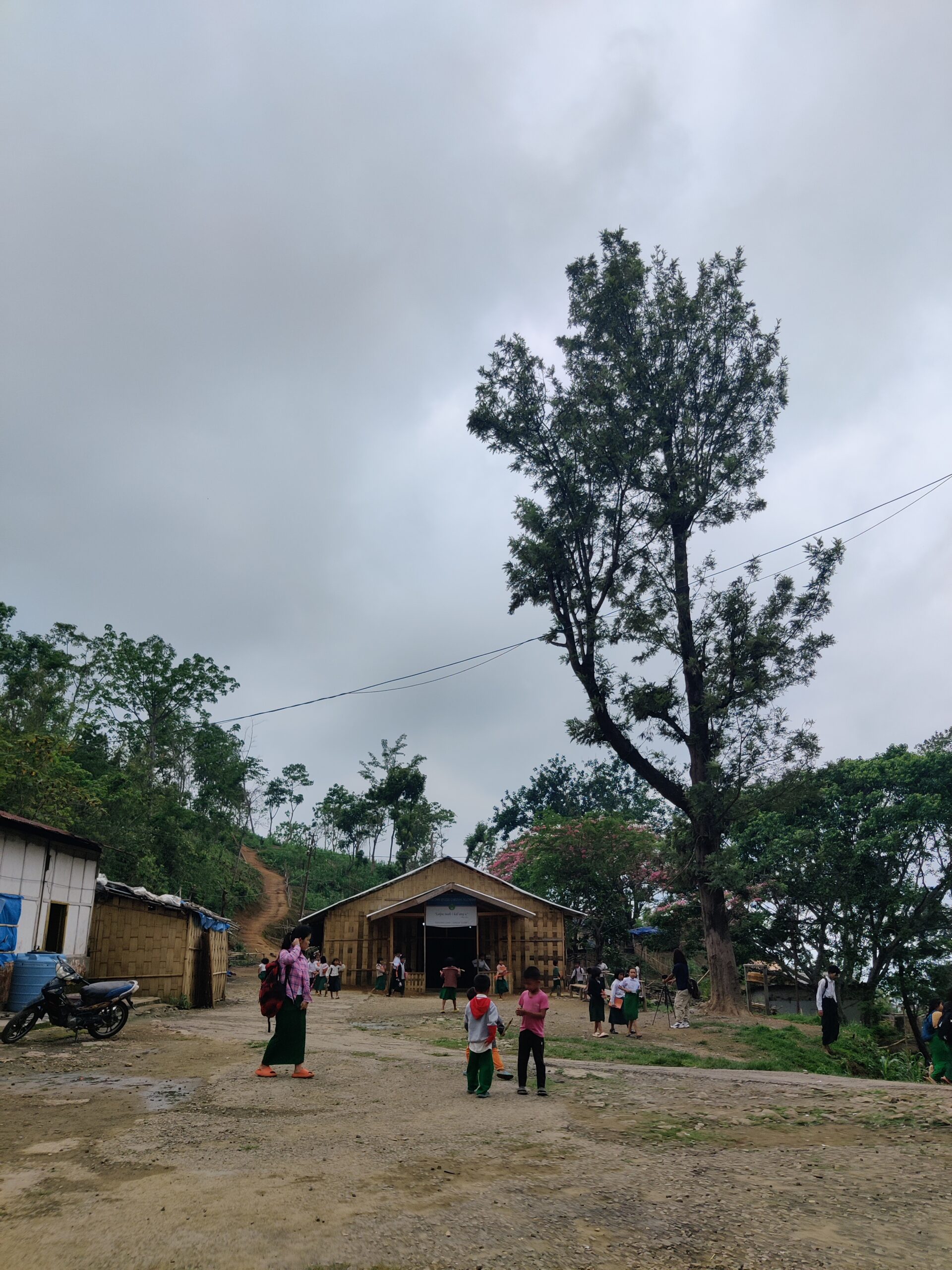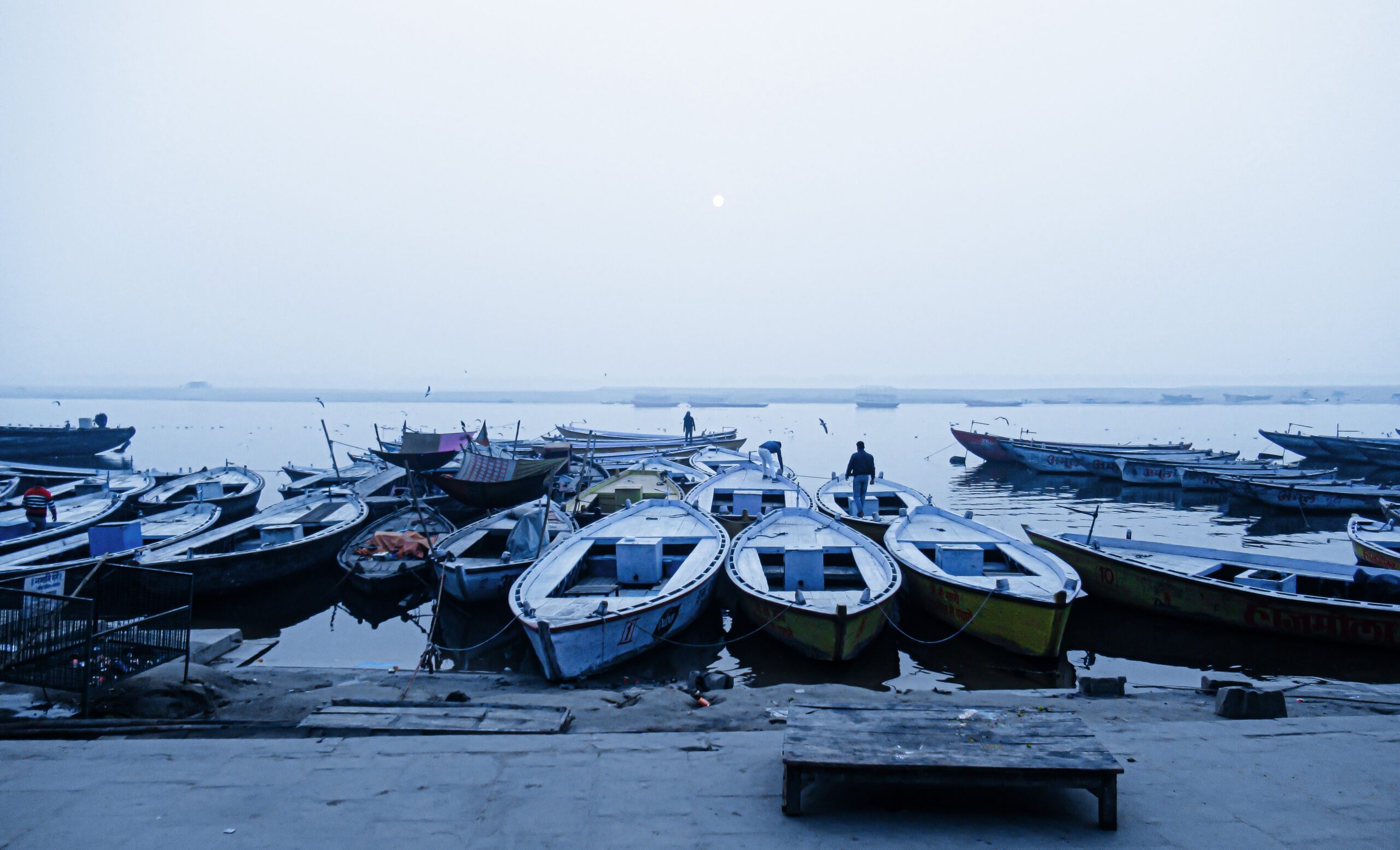| Narayani V Manapadam | October 2023 | Photo Essay |
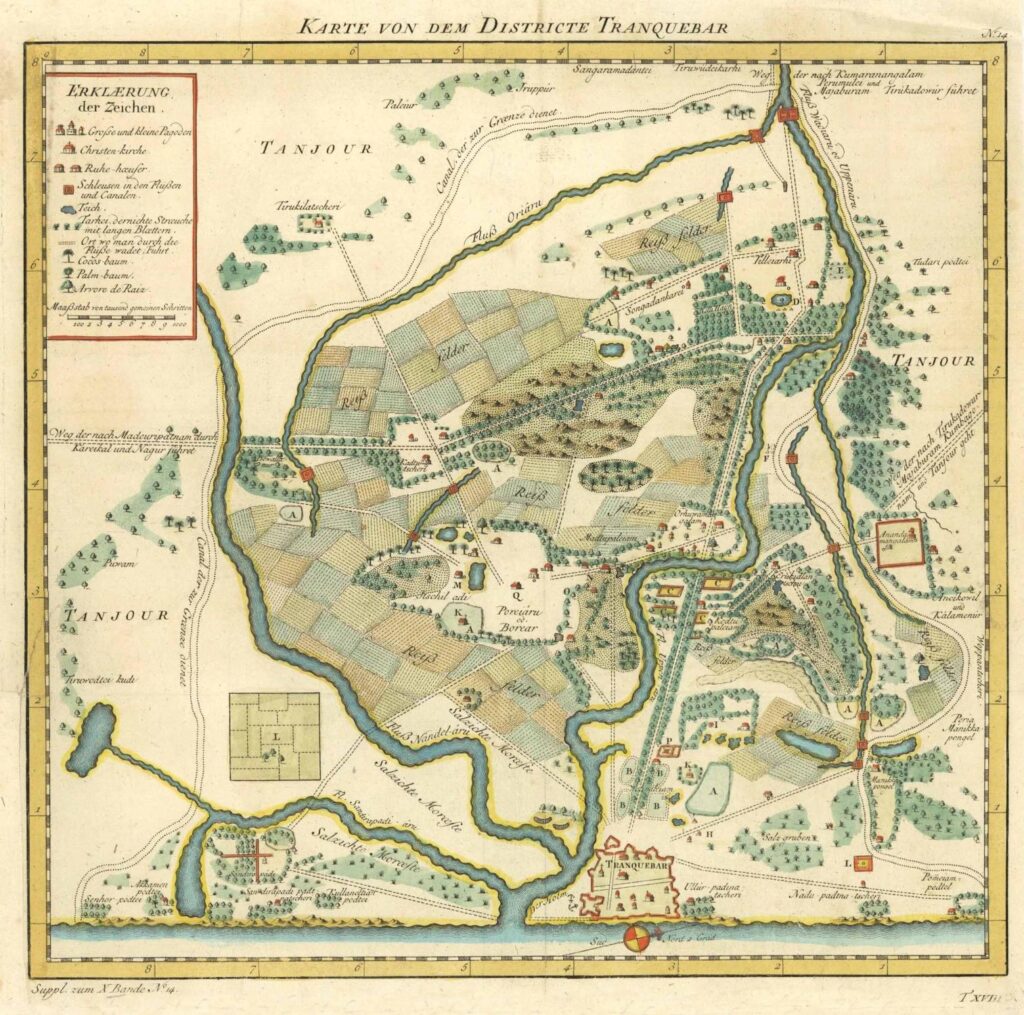
How do history buffs bitten by the travel bug react when they hear about remnants of Danish settlements in Tamil Nadu? As a couple who love to explore hitherto unheard-of places and feel at home amidst the ruins, our excitement knew no bounds. An extended weekend, thanks to Independence Day, beckoned, and we packed our bags. It was Destination Tranquebar!
We drove along Old Mahabalipuram Road, crossing Puducherry, Chidambaram and Thirukadayur. On some stretches, the winding roads were so narrow that overtaking large vehicles proved daunting. My husband gave an example of the Monaco Grand Prix to drive home the arduousness of the task. However, we enjoyed the journey immensely.
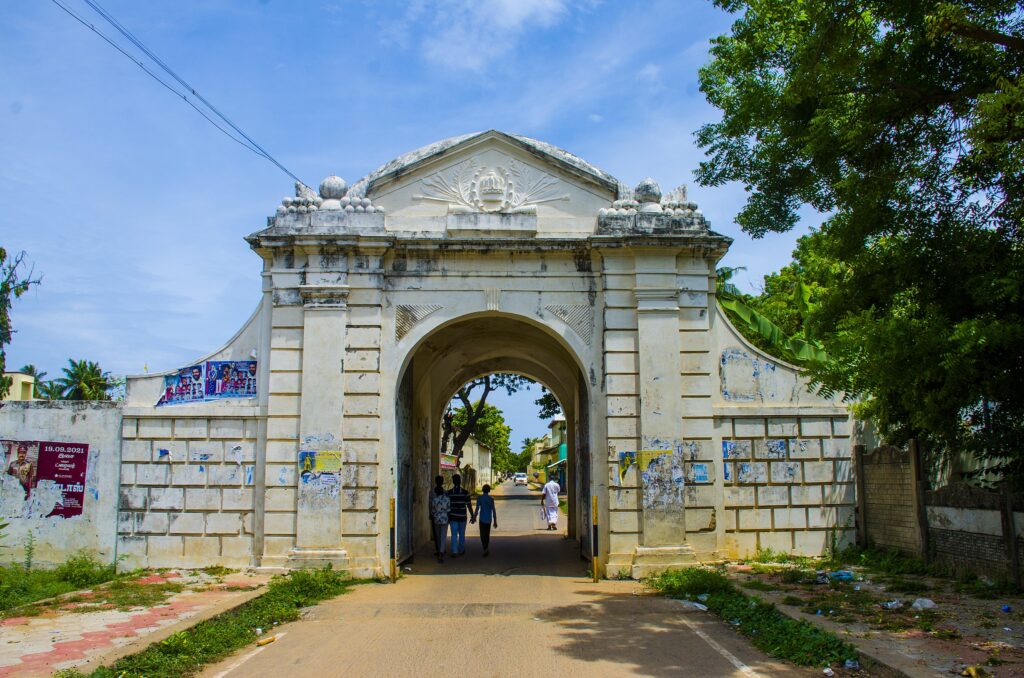
A run-down arch built by the Danes separates the highway and the quaint little town, also known by its Tamil name, Tharagambadi. When we crossed the gateway, it was as if we had left behind our present and dived into the pages of the past. The buildings looked like they had seen better days, but the architecture was distinctively European.
We checked into Neemrana’s The Bungalow on the Beach, freshened up, and had our lunch. It was now time to learn a new chapter in the history of South India.
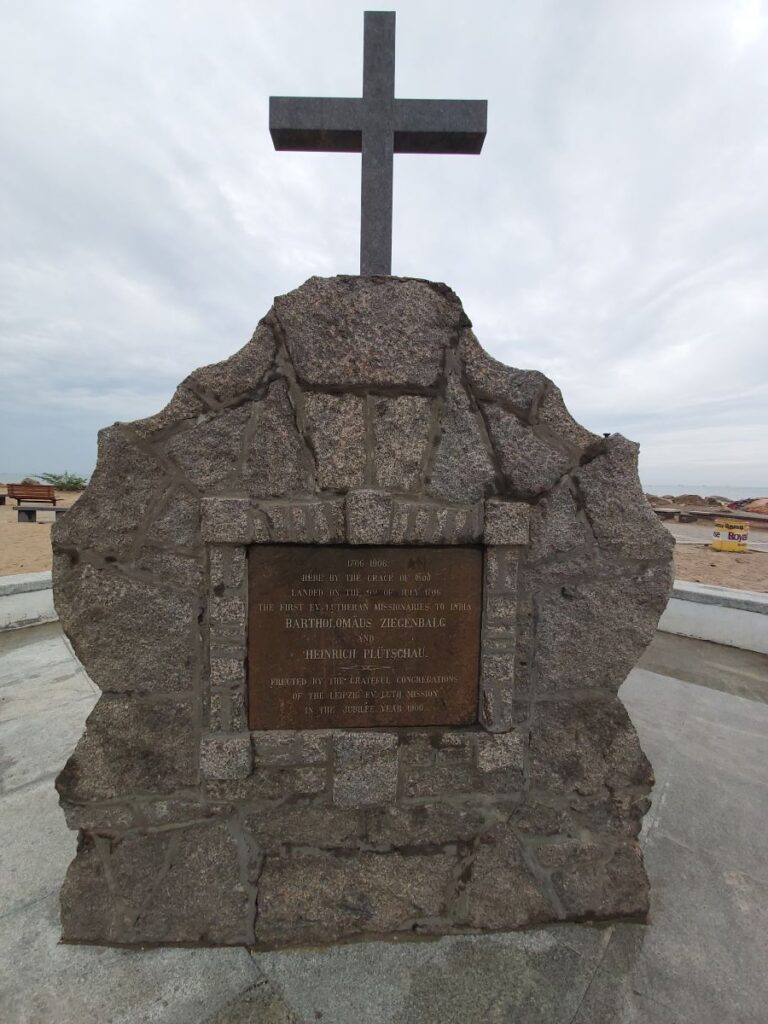
Our first stop was the Ziegenbalg House. A native German, Bartholomaues Ziegenbalg was the first Protestant missionary to India. He was also a pioneer in the revival of the Tamil printing press. He put into operation a wooden printing press procured from Halle-Orphan House, and by 1715, printed the first copy of the New Testament in Tamil. The museum displays a copy of the same. The Tamil script on the manuscript differs from the present-day one, whereby the dots (called pullee) and the lines (kodu) are conspicuous by their absence.

An employee of the museum demonstrated the application of ancient printing techniques using archaic-looking instruments to us. She explained that this design is imprinted on T-shirts and sold as souvenirs. To our misfortune, they were sold out that day. We went around the house and tried to understand more about typeface letters and the types of equipment used for proofreading.
Mr Ziegenbalg occupies a pride of place in Tranquebar. His bust adorns the entrance of the museum, and his statue, standing tall, welcomes the tourists at the village junction. Humbled by the knowledge we had gained in a single day, we left the German’s house.

Our next stop was the Maritime Museum near our hotel. It houses models of old boats and fishing memorabilia. I was mesmerised by the skeletal remains of a gigantic bird (I am clueless about the species) hanging from one of the masts. It reminded me of the Ancient Mariner and the Curse of the Albatross.
A framed copy of the deed signed between the Kings of Tanjore and Denmark hung on the museum walls. While going agog on the precious antiquities, my awe-filled eyes darted towards a couple of pictures.
The strikingly beautiful image of Queen Margarethe II and Prince Henrik remains with me to this day. The regal bearing, the grace, sophistication and elegance of the couple – this was the highlight of the museum.
As a true-blue Kolkatan, I look for a Bengal connection wherever I go. Tranquebar didn’t disappoint me. In one of the pictures, there is a mention of Frederiksnagore in Serampore, West Bengal from the 1770s.
We later read that our hotel was previously the Collector’s Bungalow. History is fathomless and vast as an ocean, yet what we know is just the tip of the iceberg.
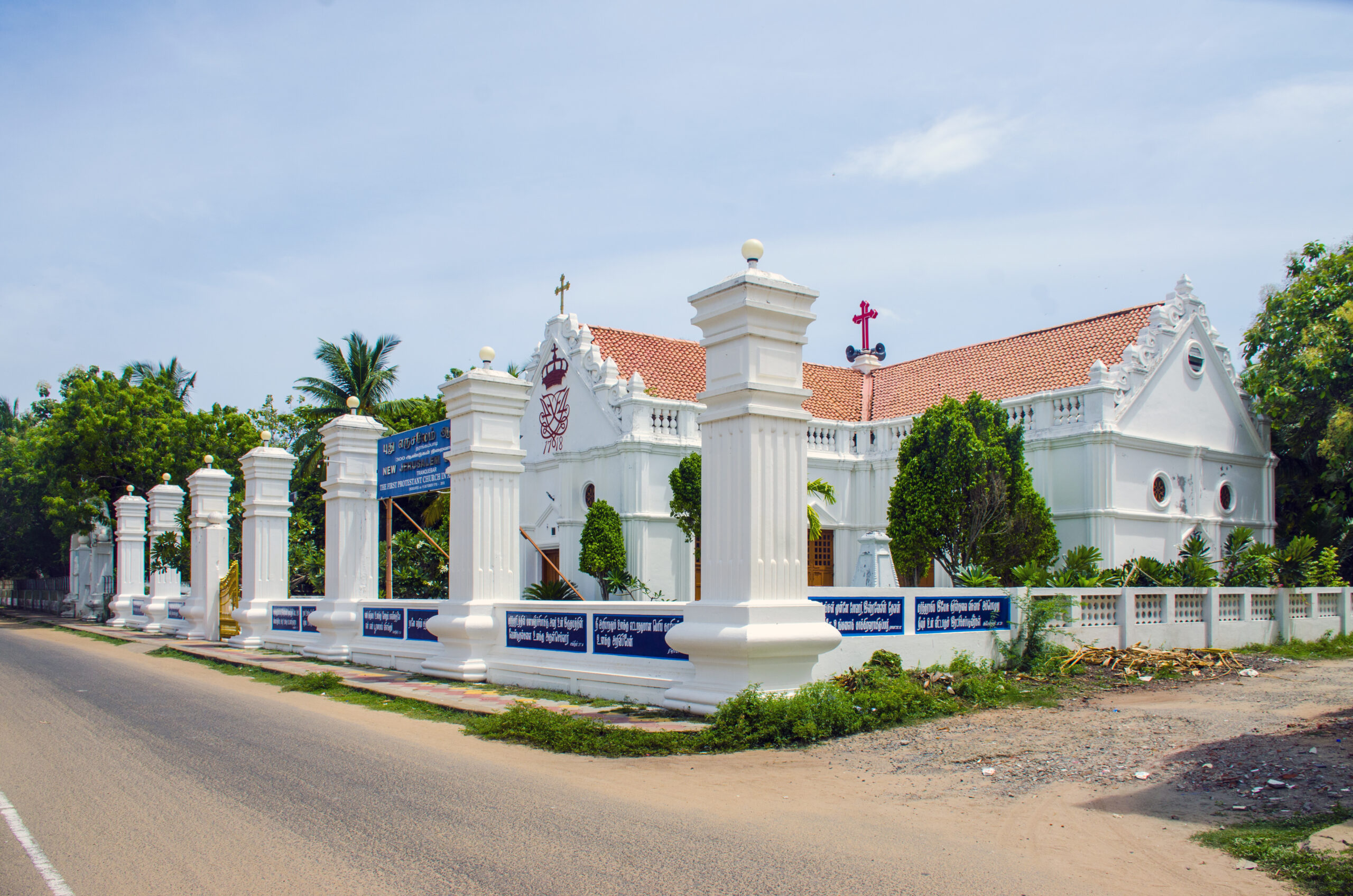
However, it was not all culture and all things archaic in Tranquebar. We had a good time at the beach. We befriended a Muslim family who sold snacks and ice-cold beverages. After a wonderful sightseeing experience, we sat on the makeshift plastic chairs, gorging on green chilli fritters (molaga bajji), savouring the panneer (flavoured with rose essence) soda and chatting with the amiable Hanif bhai.

The entire day was spent without logging into social media. The Wi-Fi at the hotel was poor, but we did not activate our mobile data. We just roamed around and soaked in the atmosphere of this town. The Zion church was small, yet it held an allure. The melodious notes of the choir blended in delightfully with the soulful azaan from the mosque and the sacred chants from the ancient Ganesha temple on the seashore. Inadvertently, Tranquebar taught us a lesson or two about secularism and living together in harmony.

The next day, the Danish fort opened to the public. To give credit where it is due, it was better maintained than the other heritage buildings in Tranquebar. We walked around for about an hour. The room at the top displayed artefacts and deeds about the Danish government. Four breathtakingly beautiful Maratta paintings made me stop and admire their marvel. They were almost faded, preserved in glass cases. I couldn’t help but wonder about the anonymous painters. Were they given proper accolades during their time?
From the walls of the fort, one could have a view of the majestic Bay of Bengal. A couple of canons on the terrace faced the pristine blue waters. There were various cellars for the storage of beer and wine, kitchen items and grains. However, they were locked. One could only peer inside. The last item on our bucket list having been ticked, it was time to bid a heartfelt Farvel to this marvellous town.

Having said that, we wish that Tranquebar was better maintained by the government and projected as a popular tourist destination. Most of the places are either dilapidated or the entrance fees are not sufficient for their upkeep. It’s a sad state of affairs. History is not just plain facts and random dates; it’s a witness of our rich past. The onus is on us to preserve our heritage and accord it the respect it deserves.
_________________________
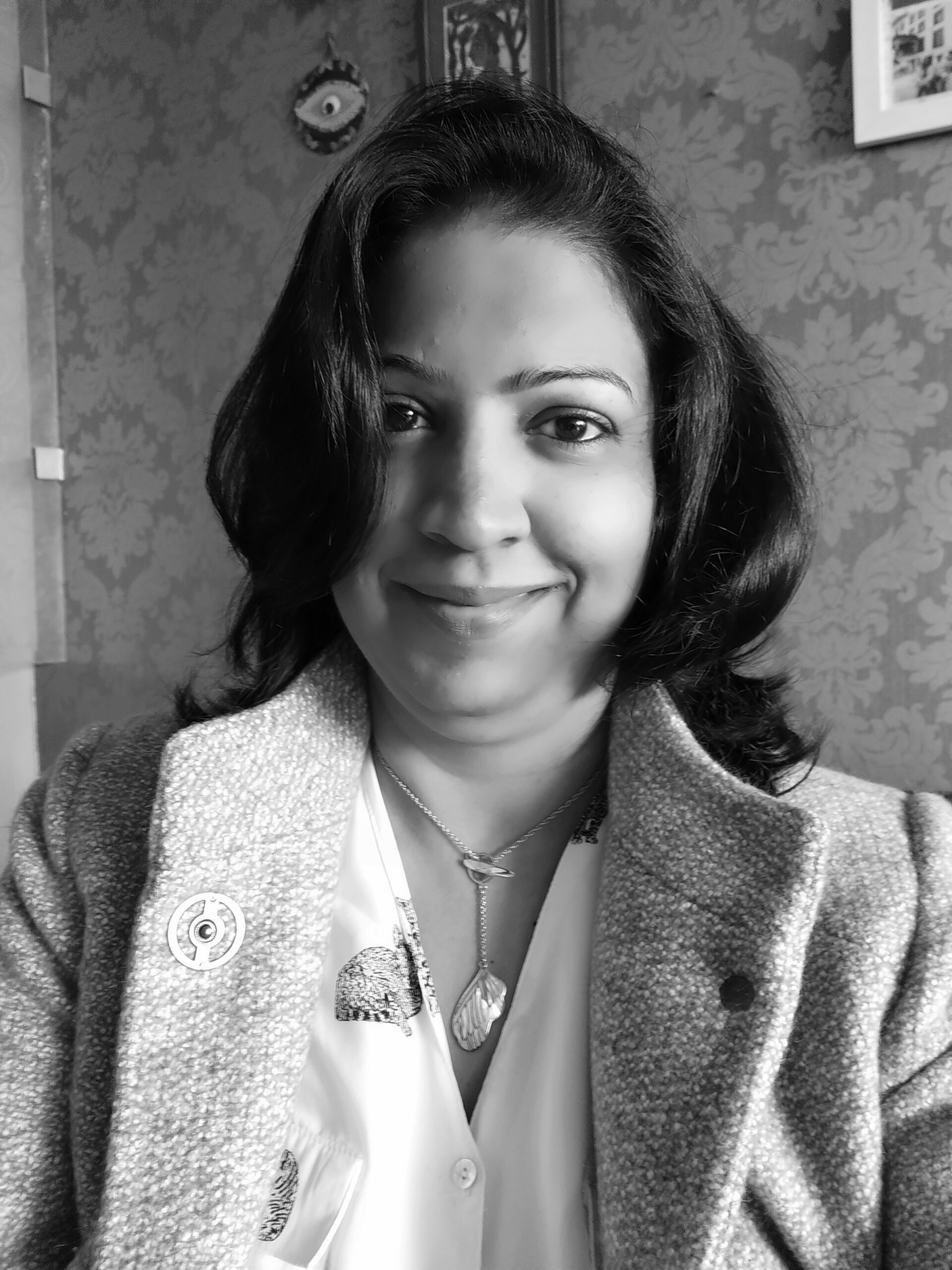
Narayani is an IT Professional, lost in the dreary world of Excel. However, she seeks solace in Word (pun intended). She has garnered appreciation for her stories in various literary platforms like Penmancy, ArtoonsInn, Beyond The Box and Asian Literary Society. Her stories and poems have found a permanent place in various anthologies
She won the 3rd prize in photography at a literary event hosted by the Asian Literary Society at their Annual Awards Function held in New Delhi. She resides in Jamshedpur with her accountant husband and her impish cat Uttam.
_________________________
Find The Mean Journal on Instagram @MeanPepperVine
